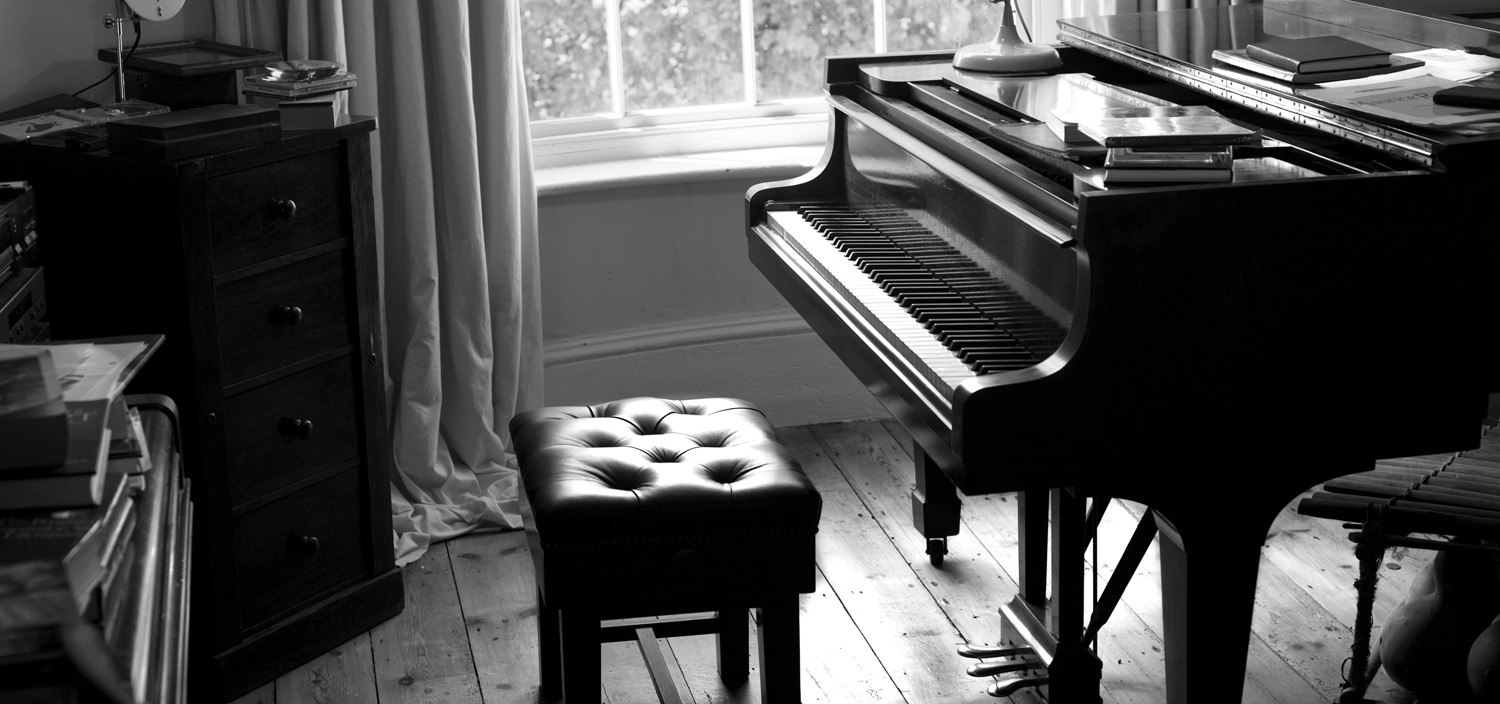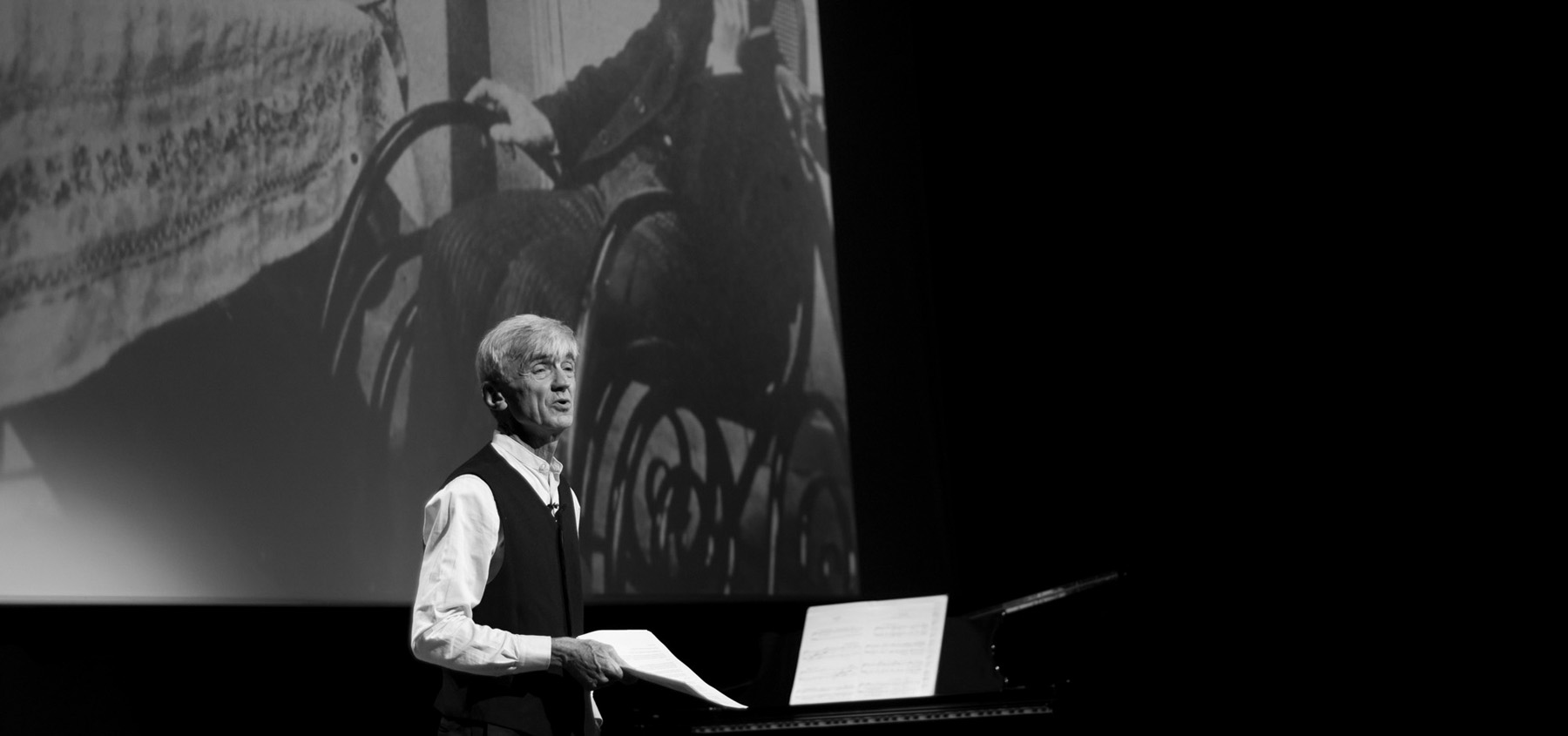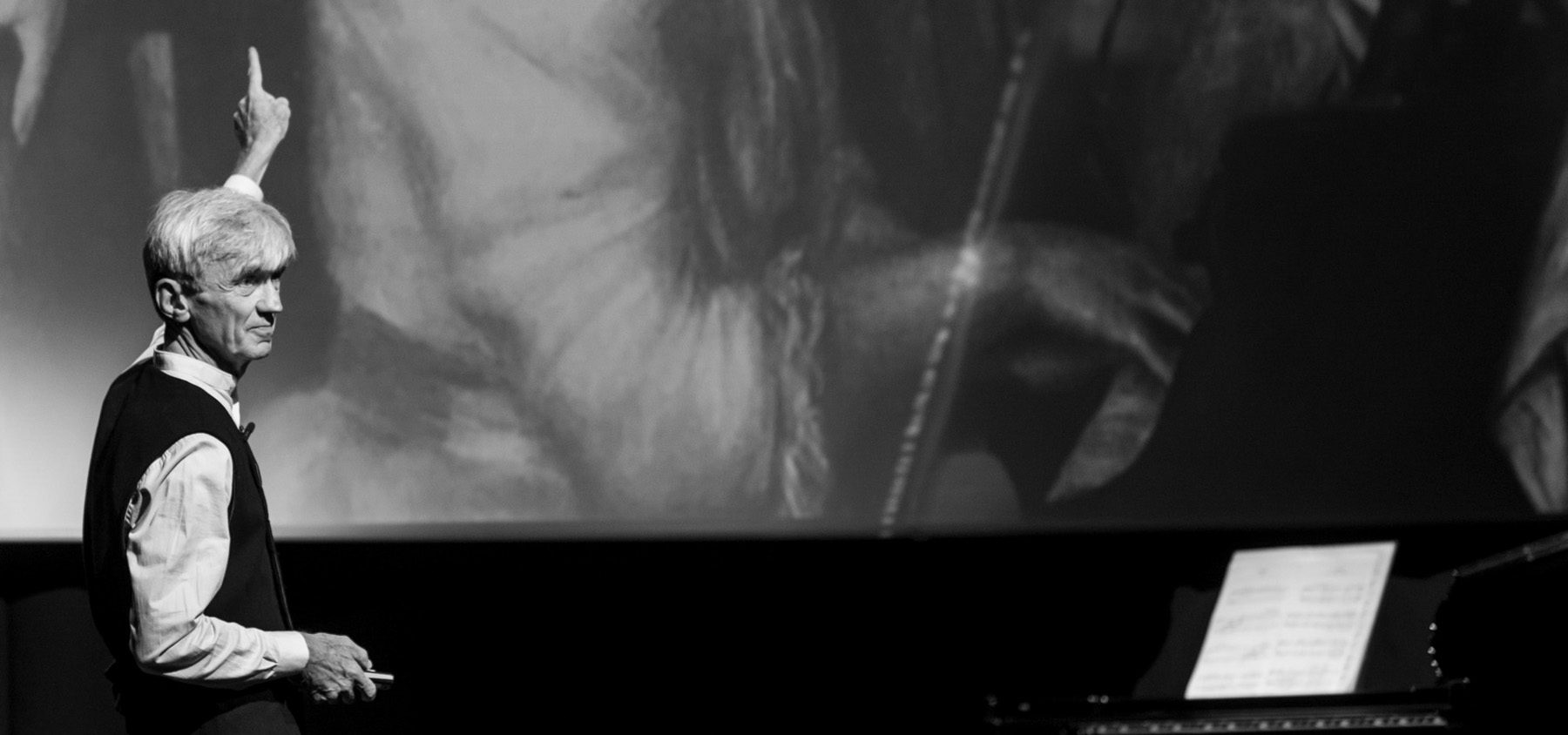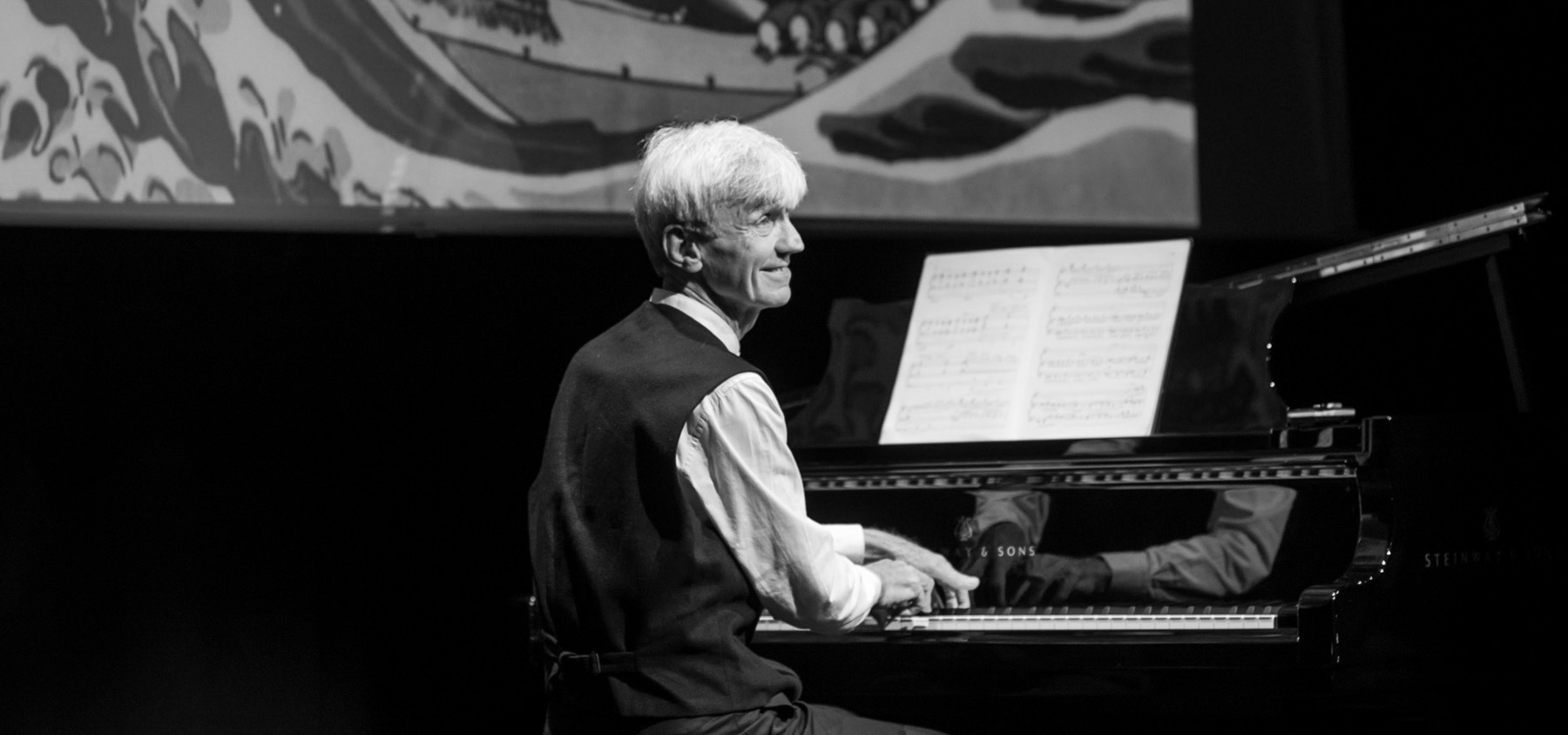Impressionism: A Short Guide for Pianists
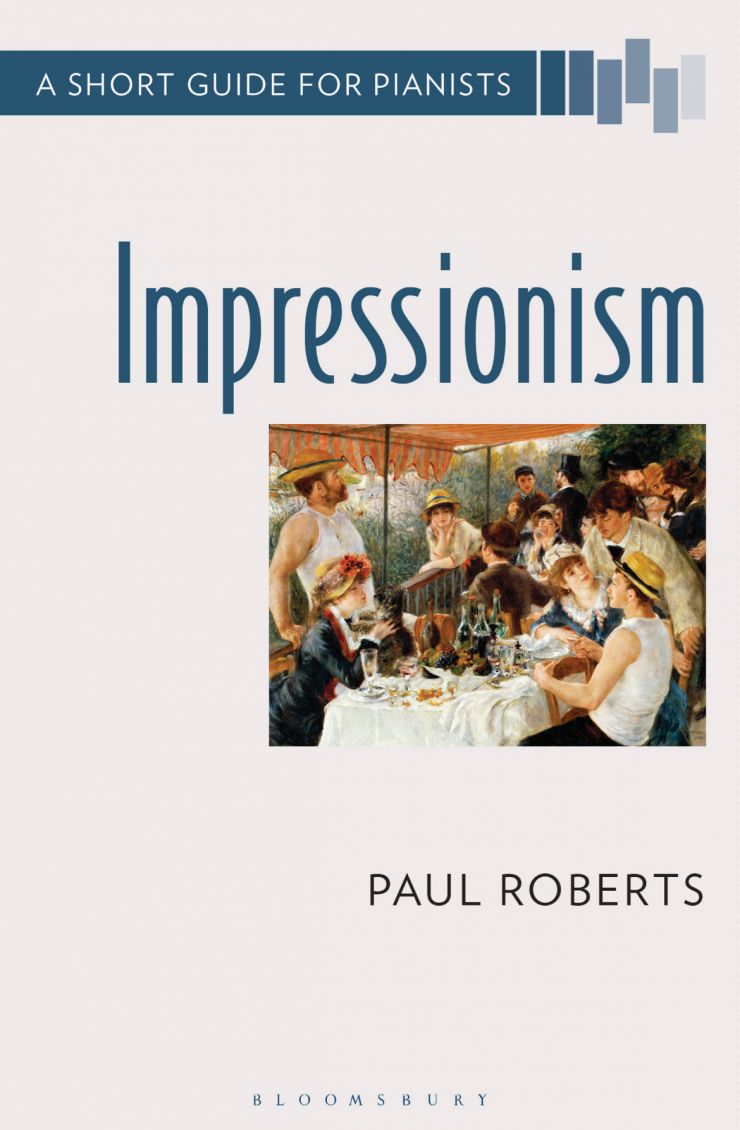
I am writing a new book, Impressionism, to cover both Debussy and Ravel, as part of Bloomsbury's Short Guides for Pianists for which I'm the series editor.
My front cover presents one of Renoir's most famous paintings, Luncheon of the Boating Party. Impressionism was as much about people enjoying themselves in cafés and along river banks as it was about reflections in the water. We know all about those reflections, Debussy's Images and Ravels Mirrors, and I've already written extensively about this. But in my new book I want to focus more closely on the nature of Impressionist painting and its engagement with immediacy of sensation, and crucially what insights pianists can gain from it.
I aim to demonstrate that playing this repertoire is dependent on several connecting strands, essential for creating the most vivid performance. I want to identifiy an Impressionist technique of pianism which serves an imaginative world drawn from the same motifs that engaged the painters. It was a period in which music and painting were endlessly discussed, and for which the word ‘Impressionism’ was requisitioned to define the phenomenon. It is the word, for all its inadequacies, that won’t go away.
The first three books of the series will be published at the end of 2026: Impressionism, Scriabin (James Kreiling) and Schumann (Maria Razumovskaya). Another in preparation is Early Beethoven (Daniel Tong), and there are plans for Brahms, Schubert, Bach, Haydn and Messiaen. The idea is to cover the principal composers of the repertoire, and the main periods, in a concise and approachable format that will appeal to both advanced and amateur pianists. These are practical guides, written by pianists for pianists.
